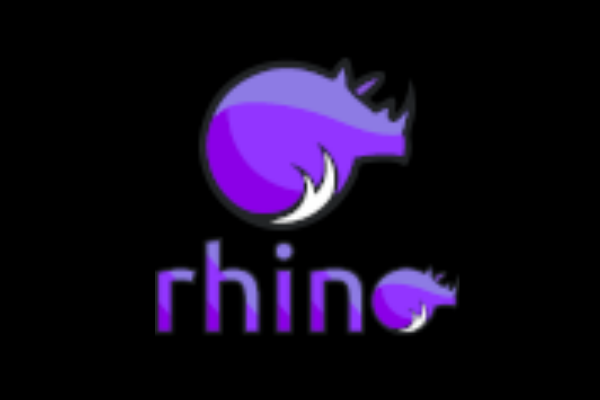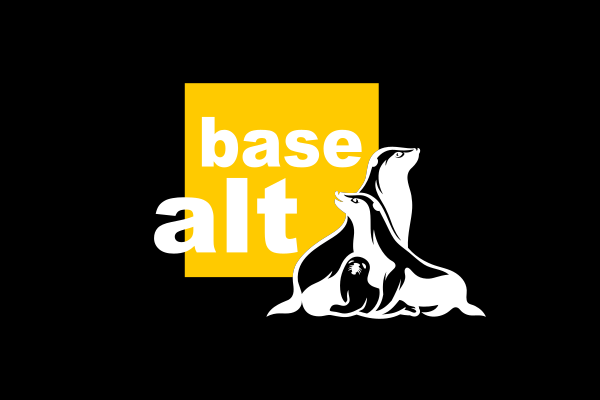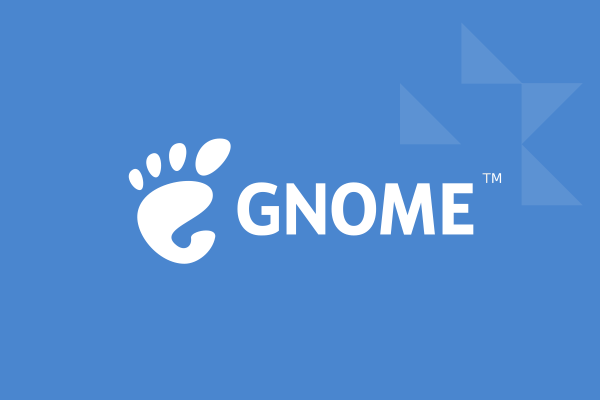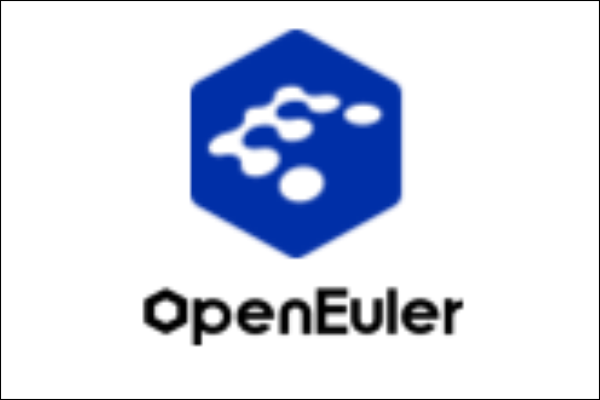Many people still associate Linux with complexity—an operating system reserved for technically savvy users, and certainly not one suitable for gaming. For years, gaming was considered the domain of Windows alone. However, this perception is gradually changing. Several Linux distributions tailored for gamers have emerged, such as SteamOS. Among them is CachyOS, an Arch-based system that prioritizes performance, security, and user experience. The July 2025 release is a clear example of how a once niche project can evolve into a reliable and appealing option for everyday use. In fact, it recently claimed the top spot on DistroWatch’s popularity list, surpassing all other distributions.
A Distribution Built for Speed
CachyOS is more than just another Linux variant. It was created with a specific purpose: to harness the full capabilities of modern hardware without sacrificing user-friendliness or maintainability. Its development, led by Peter Jung, Vladislav Nepogodin, and Piotr Gorski, originally revolved around a custom CPU scheduler. While the early CacULE scheduler is no longer in use, its successor, the BORE scheduler, continues to offer excellent responsiveness—particularly for those interested in gaming, multimedia, or a highly responsive desktop environment.
The developers place strong emphasis on leveraging modern CPU architecture. The distribution's packages are optimized for newer processors that support x86-64-v3, x86-64-v4, and Zen 4 instruction sets. This results in noticeable performance gains on up-to-date systems. At the same time, CachyOS lowers the barrier to entry that typically comes with Arch-based distributions, making it more accessible for users who might otherwise be discouraged by complexity.

Why Is CachyOS Getting Attention?
Part of the answer lies in the technical sophistication of the system; another part lies in its practical approach to user needs. CachyOS offers a fully graphical, highly configurable installer that lets users choose not just a desktop environment—such as KDE Plasma, GNOME, or others—but also their preferred shell. As of the July release, users can select Fish, Zsh, or Bash during installation. The chosen configuration integrates smoothly with the rest of the system, allowing for a hassle-free startup experience.
Gamers may be particularly drawn to the "Handheld Edition," a version optimized for portable gaming devices like the Steam Deck or Lenovo Legion Go. The July 2025 update officially added support for the Legion Go and included several configuration enhancements inspired by SteamOS defaults. The updated Proton-CachyOS compatibility layer introduces new tools to improve the gaming experience on Linux, including support for FSR 4 upgrades and Anti-Lag 2 technology—particularly beneficial for systems using AMD GPUs.
For those curious about how CachyOS performs with different games, the YouTube channel A1RM4X offers a range of comparisons and demonstrations—including why this might be the best gaming distribution currently available:
Community, Transparency, and Stability
Despite following a "rolling release" model—meaning the system is continuously updated rather than released in distinct versions—CachyOS developers prioritize system stability. For instance, the update manager can warn users about potentially risky package upgrades, which is especially valuable for those who depend on a stable system for work or gaming.
CachyOS lacks a large corporate sponsor, yet it has quickly established itself in the Linux landscape. Its more than 2.5% share on the Steam gaming platform is notable for a relatively young distribution. This success is due in part to its user-focused development, particularly in the area of gaming, and also to its open, community-driven model.
The project’s source code is fully open and accessible on GitHub, and all changes can be tracked via the official documentation page. Security is reinforced not just through technologies like Secure Boot and encrypted filesystems, but also through a development philosophy that incorporates community feedback at every step.
The installation image is available for download from the distribution’s official website.

Installation Issues
While the new installer for version 250713 is generally excellent, it currently contains a minor issue. Upon booting the live image, users are presented with a login screen instead of being logged in automatically. Until this is resolved, a workaround is to switch the session from X11 to Wayland, which allows login without requiring a password. Attempting to log in via X11 fails—likely due to missing packages, though this has not been officially confirmed.

Once past this hurdle, the installation proceeds smoothly via the CachyOS Hello application. Here, users can select their preferred graphical environment; KDE Plasma remains the default and is likely the best choice for most users.


































